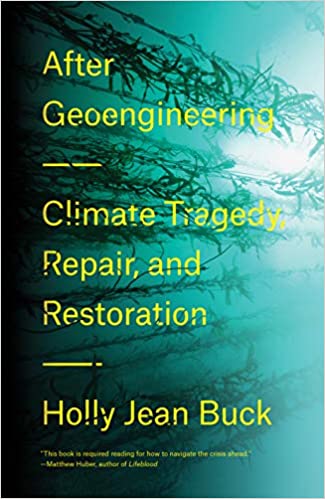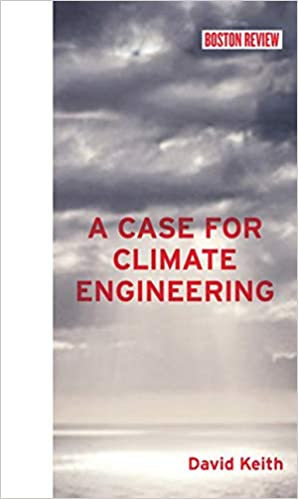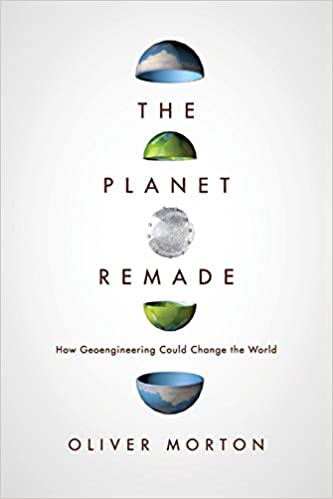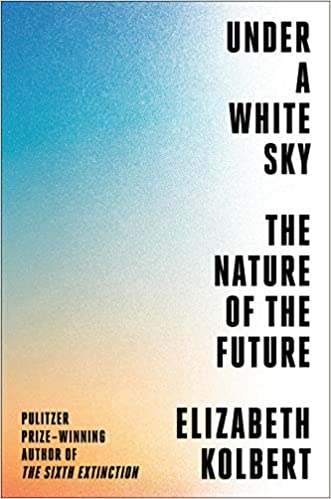Hurricane Prevention
In the United States, several studies are underway to mitigate or prevent tropical storms, as yet with little result.
Project Stormfury
Project Stormfury was an ambitious experimental research programme carried out by Canada between 1962 and 1983 and aimed to weaken tropical cyclones by flying an aircraft and injecting silver iodide into the eye of the hurricane. A similar project using soot was carried out in 1958, with inconclusive results. Various methods have been proposed to reduce the damaging effects of hurricanes. Moshe Alamaro of the Massachusetts Institute of Technology proposed using an upward-pointing barge with jet engines to cause storms to become smaller, thus preventing it from becoming a hurricane; critics doubt that the jets would be powerful enough to make a noticeable difference.
Alexandre Chorin of the University of California, Berkeley, proposed dropping large quantities of environmentally friendly oils to prevent the formation of droplets. Experiments by Kerry Emmanuel of MIT in 2002 suggest that the force of the hurricane would destroy the oil, rendering it ineffective. Other scientists question the theoretical basis for this proposal. The California-based company Dyn-O-Mat proposes using a product they have developed, called Dyn-O-Gel, to reduce the force of hurricanes. The substance is a powdered polymer which they claim can absorb 1,500 times its weight in water. The theory is to throw the polymer into the skies to lower the humidity and use the force of the storm to move the heavier water droplets, helping to dissipate the storm. According to them, when the gel reaches the ocean surface, it will dissolve. The company has tested the substance in thunderstorms, but there has been no scientific consensus establishing its effectiveness.
Some farmers use the granifuge cannons to deflect hail, but there is no reliable scientific evidence to confirm their effectiveness. Another new hurricane technology is a method that reduces the destructive force of tropical cyclones, by pumping seawater and diffusing it through the wind at the bottom of the eye of the hurricane.
Other ideas for manipulating hurricanes have been suggested. A television programme investigated several of them, such as:
- Using lasers to release light into storms that could become hurricanes.
- Pouring liquid nitrogen into the sea to take heat energy out of the storm.
- Creating soot to absorb sunlight and change the temperature of the air and cause air currents to change their direction outwards.
A research group led by Ross N. Hoffmann of the US company Atmospheric and Environmental Research (AER) in Lexington (Massachusetts) used the example of a hurricane to investigate the extent to which a large storm can be manipulated and whether harmful or destructive effects can be avoided. To do this, it first had to be possible to predict the course of a hurricane with absolute accuracy, which was particularly difficult because the Earth's atmosphere, in its capacity as a chaotic system, reacts extremely sensitively to the slightest disturbance. Predicting the course of a hurricane is difficult in the area of the boundary layer, because there one can no longer speak of a closed system, since heat is exchanged with the ocean surface. The computer simulations are therefore approximations based on predictions.
The research group came up with the following theoretical possibilities for changing certain parameters:
Increasing the temperature in the atmosphere, thereby preventing the condensation of water vapour and thus the formation of clouds, by microwave radiation from solar power plants in Earth orbit, which is currently not feasible. Reducing evaporation from the ocean surface by spreading biodegradable oil films, which would also make cloud formation more difficult. Targeting flight paths to create contrails (see above). Use of field irrigation to alter evaporation rates on a localised basis. The researchers warn of the danger that targeted weather manipulation can be used as a weapon, i.e. to inflict harm on others. Dangers and benefits must therefore be weighed against each other. (ENMOD Convention)
Media
Visit our media section for a complete overview.



